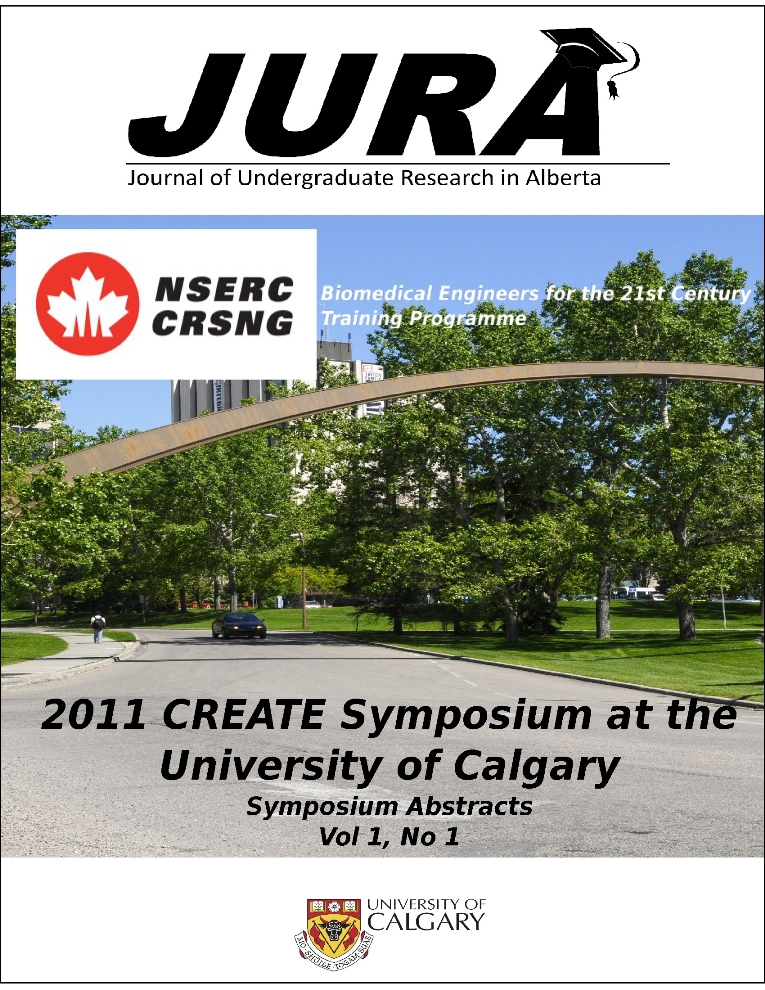The Effects of Local Footwear Traction on Ground Reaction Impulse During Sprinting
Keywords:
Footwear Traction, Sprinting Mechanics, Reaction ImpulseAbstract
During sprinting, the anterior-posterior force can be split into two phases; an initial braking phase followed by a propulsive phase. The cumulative effect of this force, the net horizontal impulse, is determined by integrating the force curve with respect to time. The braking impulse works to slow the athlete down whereas the propulsive impulse speeds the athlete up. The purpose of this study was to determine if and how braking forces could be reduced through manipulating traction and the effect on performance.
Previous research results from internal testing showed that braking impulses occur on the lateral portion of sprint shoes, so the first part of the study sought to reduce the traction in this area.
Five athletes performed three 10m sprints on a sample track surface, in two different sprint shoe conditions; a control shoe and a shoe with reduced lateral traction. Force plate data (Kistler, 2400Hz) and pressure insole data (Pedar, 100Hz) were used to determine impulse and regional traction.
Results showed no significant differences between conditions in terms of horizontal force or impulse. There was also no change in regional utilized traction.
No difference was found when comparing traction coefficients of the two groups concluding that available traction between the shoes and track surface was not low enough.
Further attempts to reduce available traction included lateral taping of a running shoe as well as lateral and midfoot taping on a lab surface. These modifications appeared to show shifting of where traction was developed under the shoe. They also showed that with decreasing braking impulse, propulsive impulse also decreased.
Further testing included removal of primary and secondary traction elements from the sprint shoe followed by adhering a directional traction element that provides minimal traction in terms of braking yet sufficient traction in the propulsive phase.
Downloads
References
Downloads
Published
Issue
Section
License
Authors retain all rights to their research work. Articles may be submitted to and accepted in other journals subsequent to publishing in JURA. Our only condition is that articles cannot be used in another undergraduate journal. Authors must be aware, however, that professional journals may refuse articles submitted or accepted elsewhere—JURA included.


